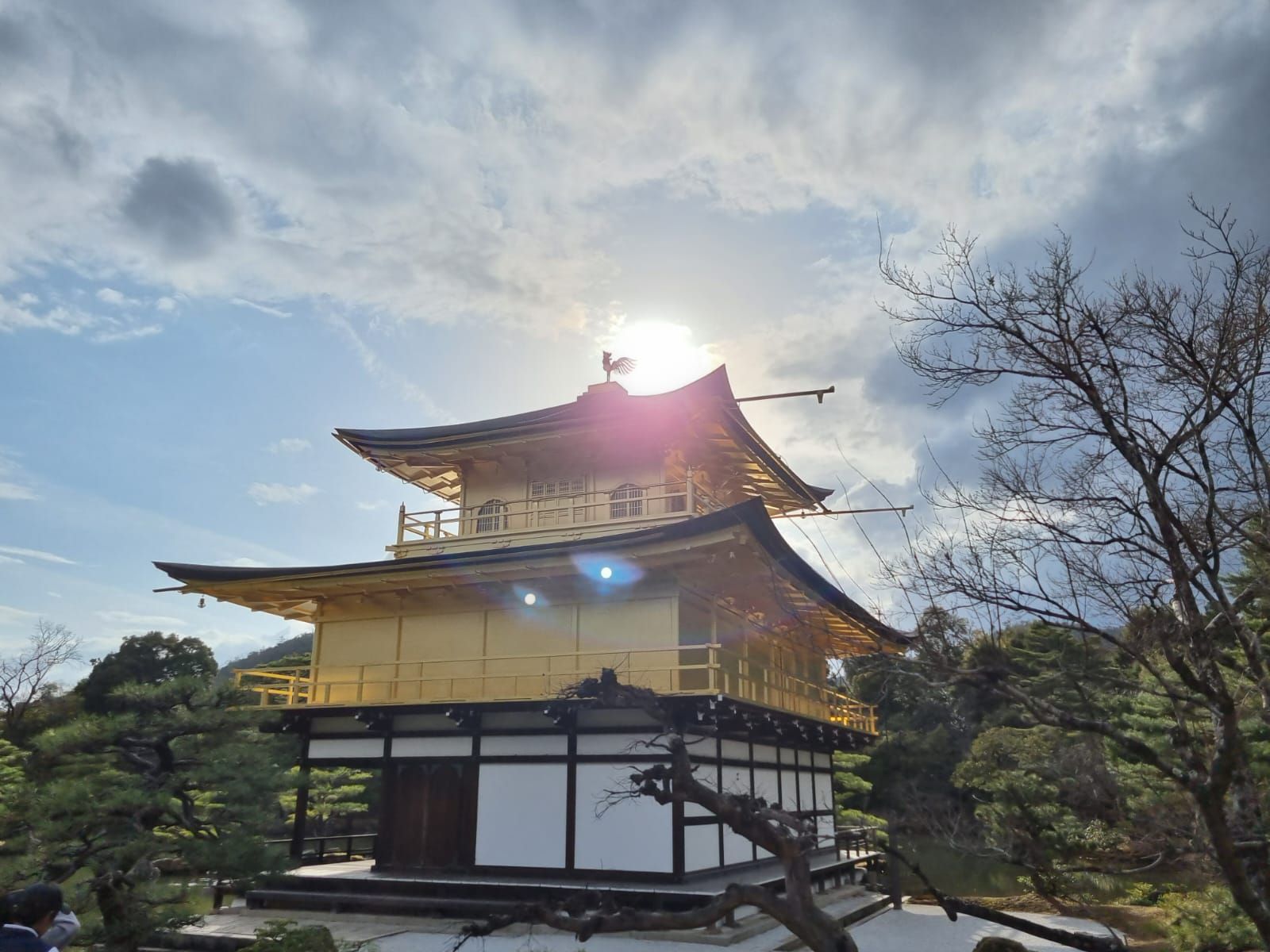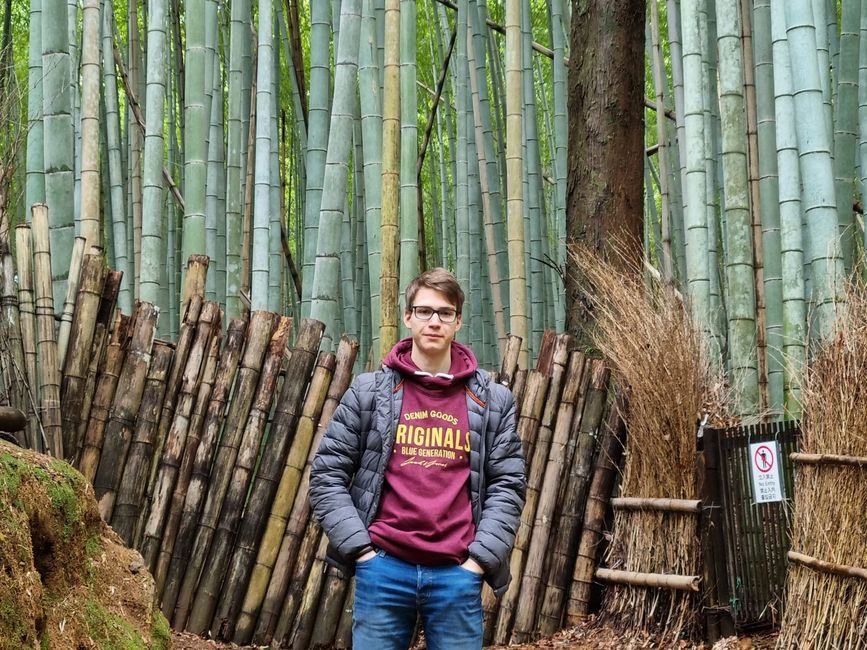Day 8 (Takayama-Kanazawa)
Апублікавана: 21.03.2023
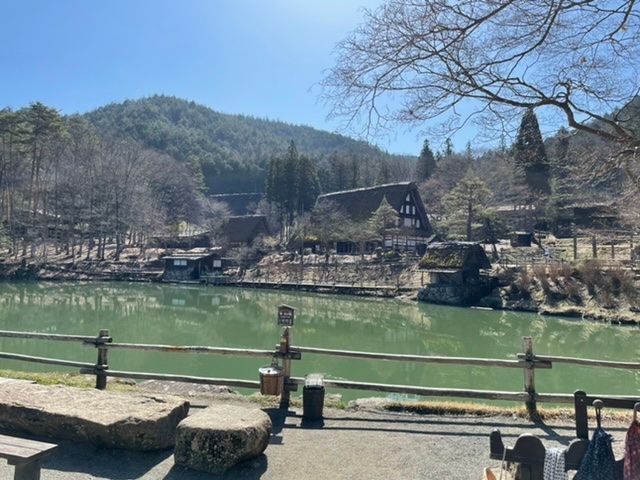
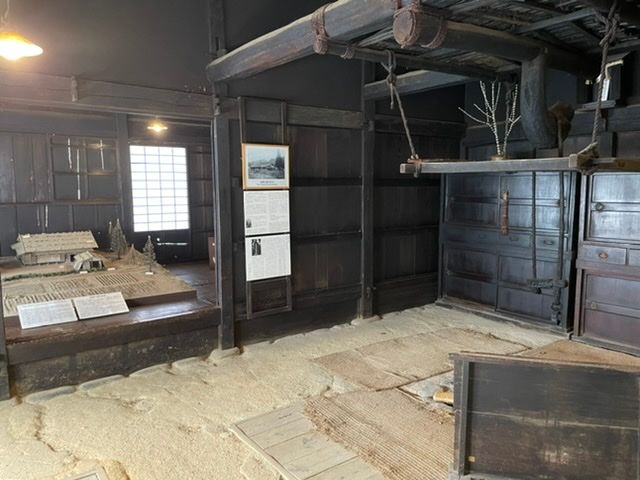
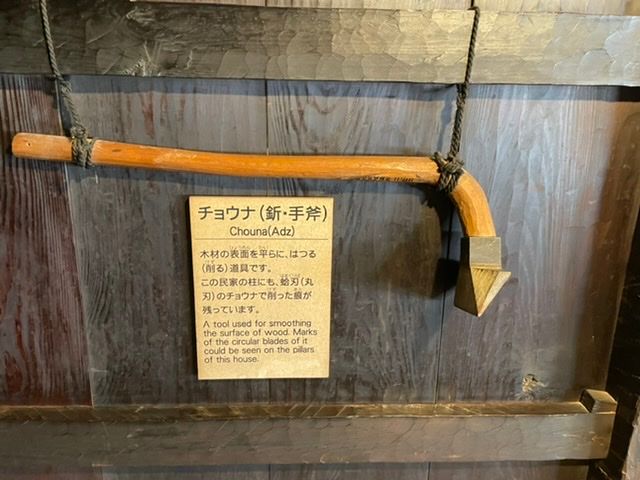
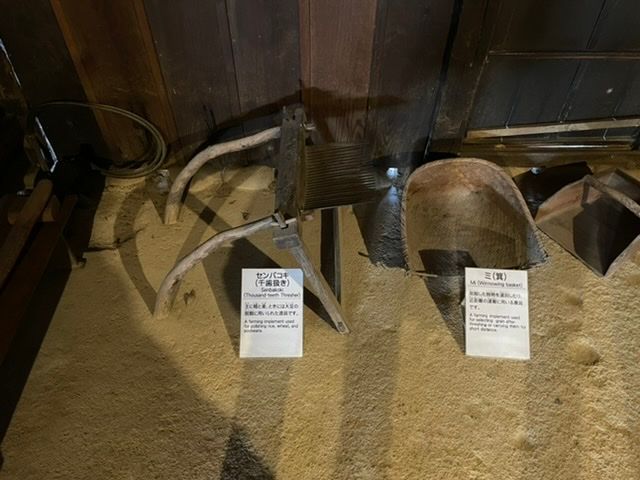
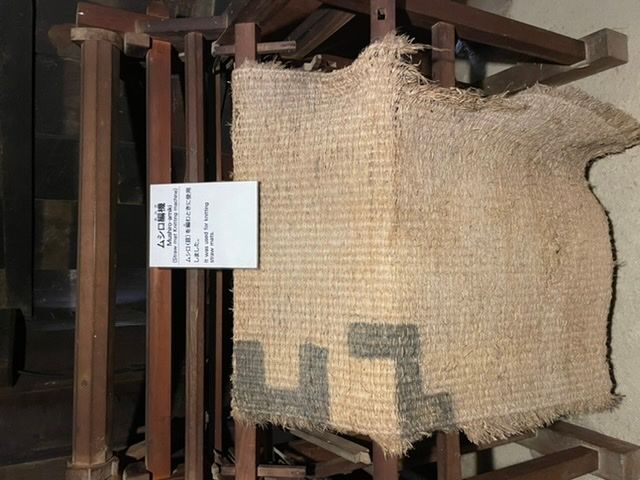

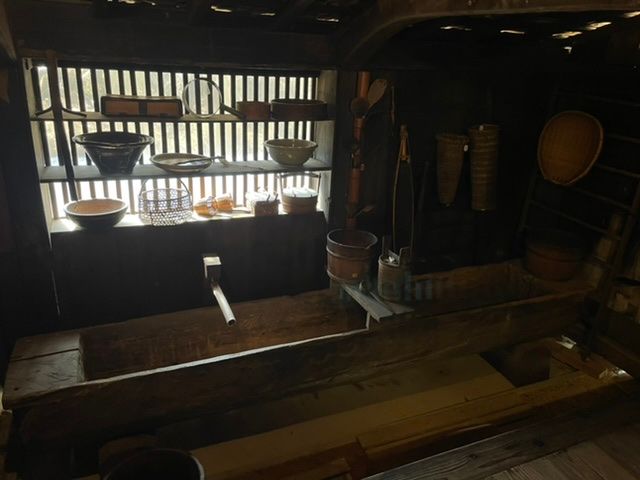
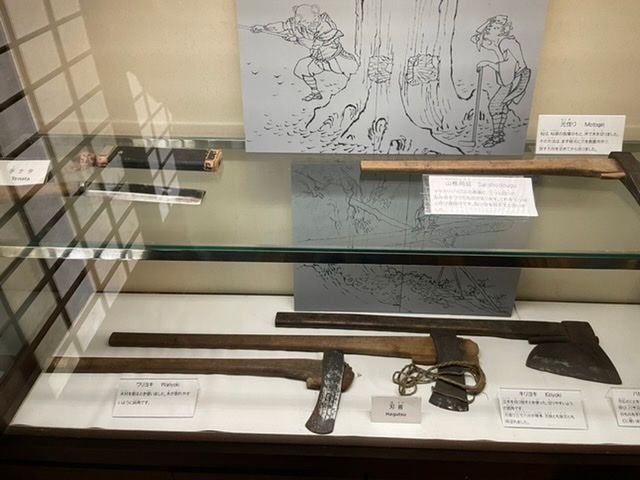

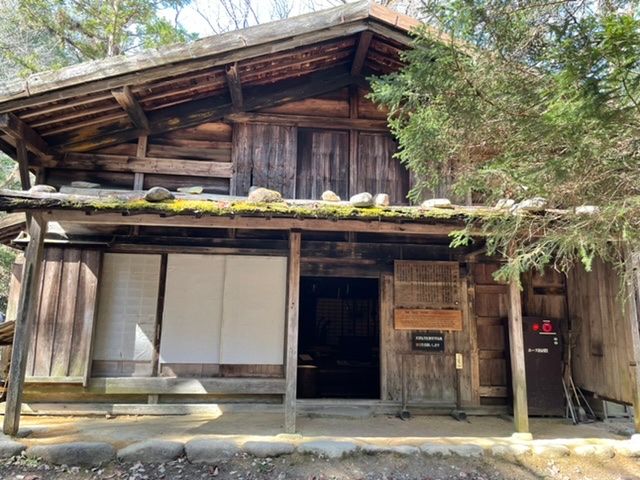
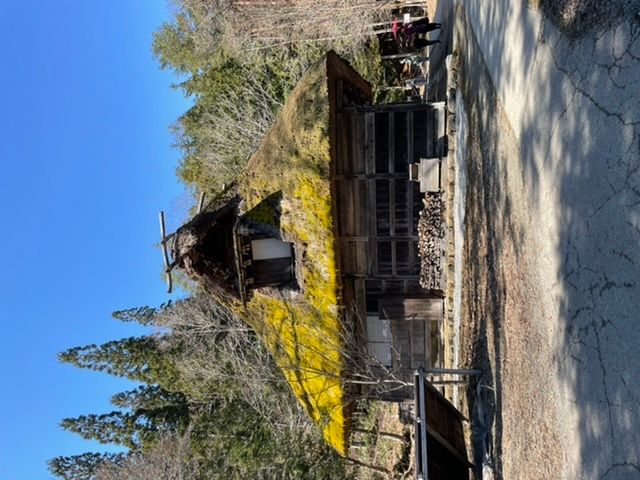
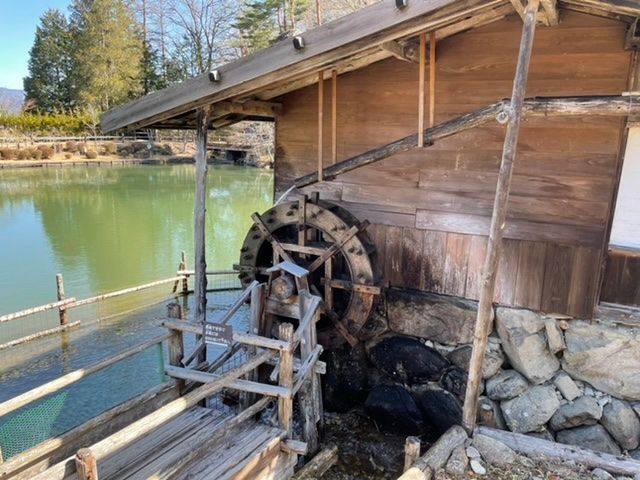
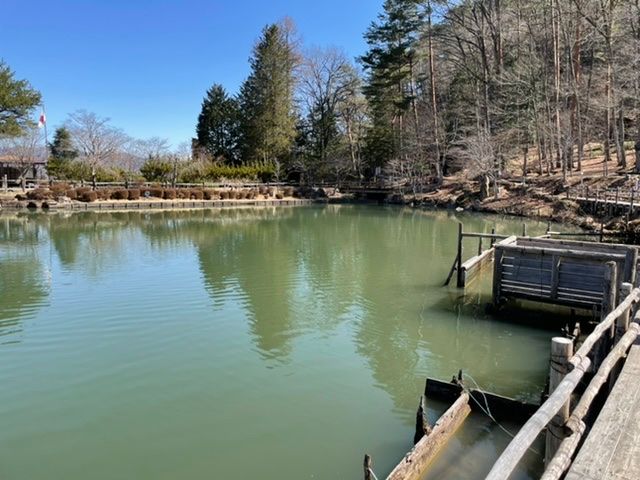
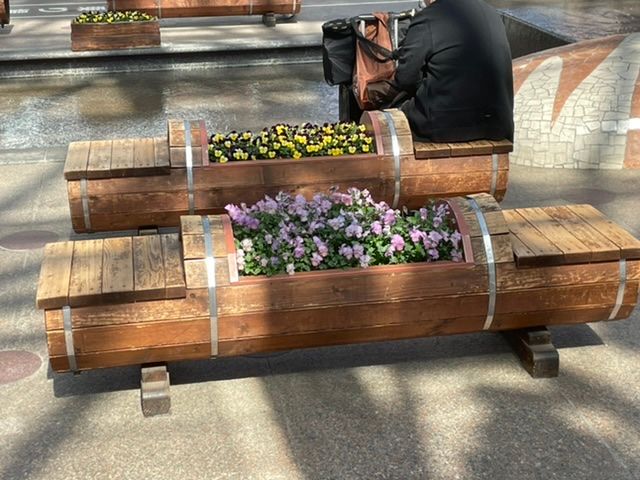
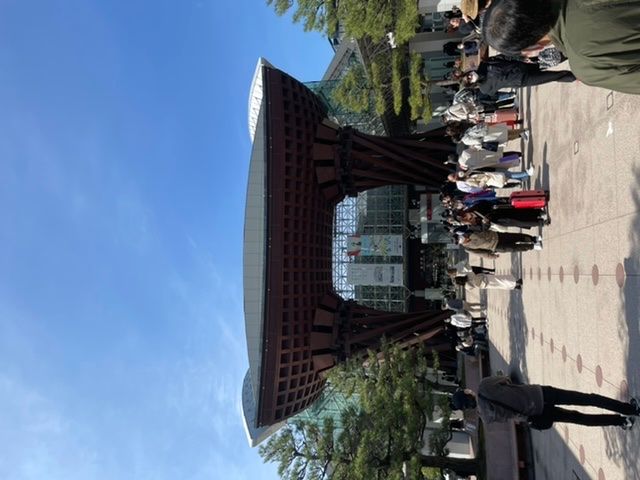
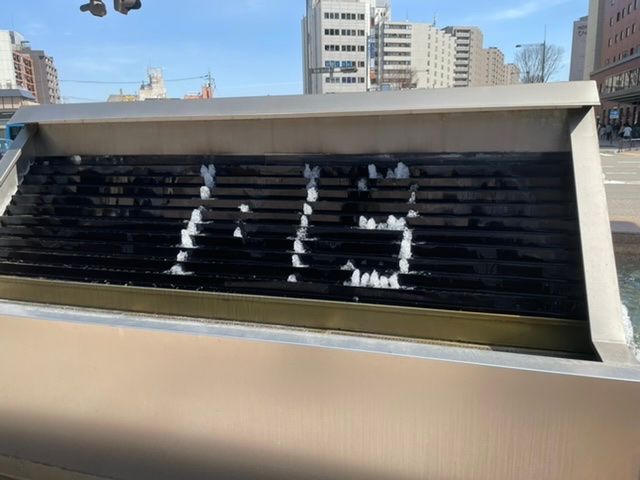
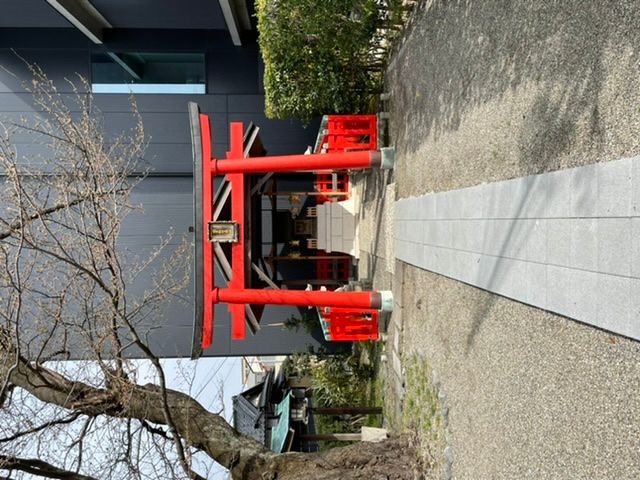
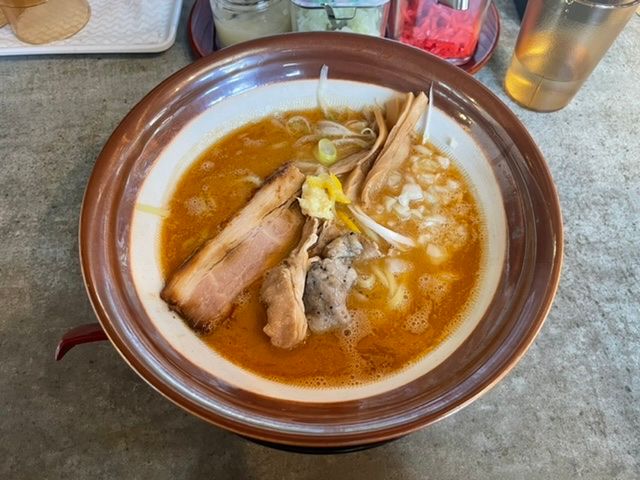

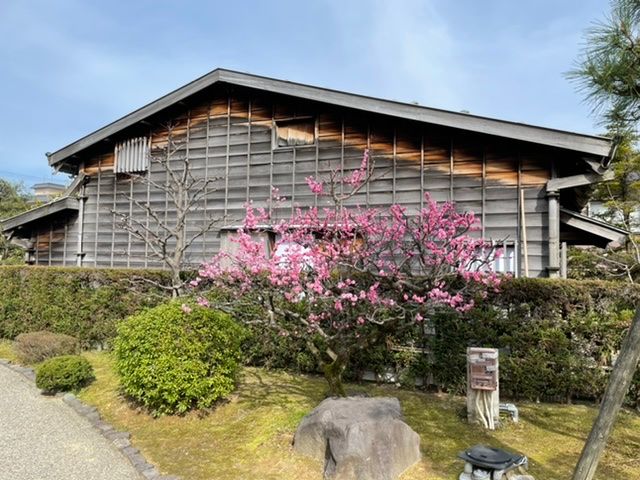
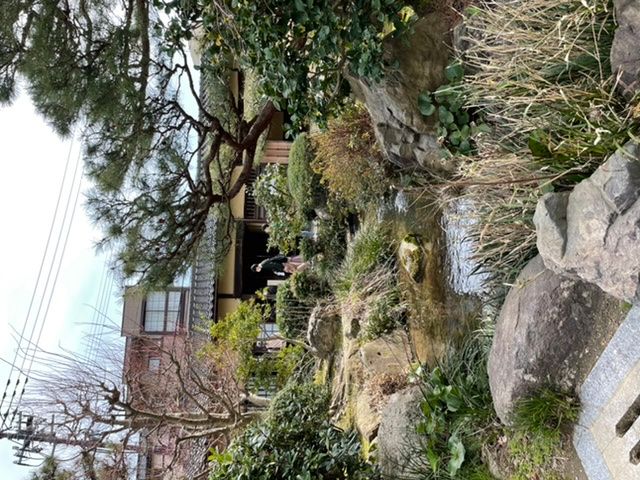
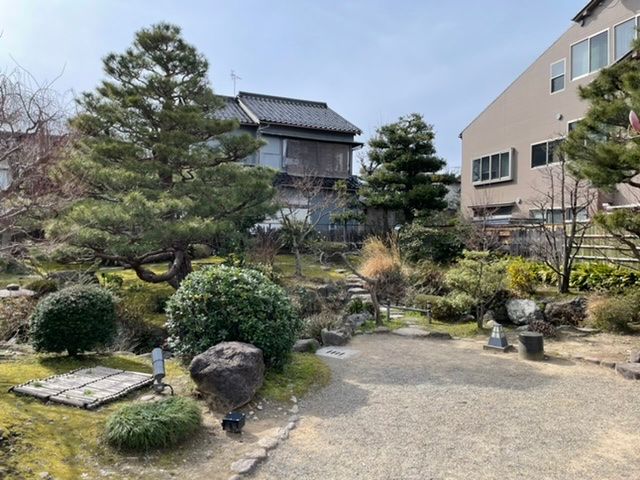
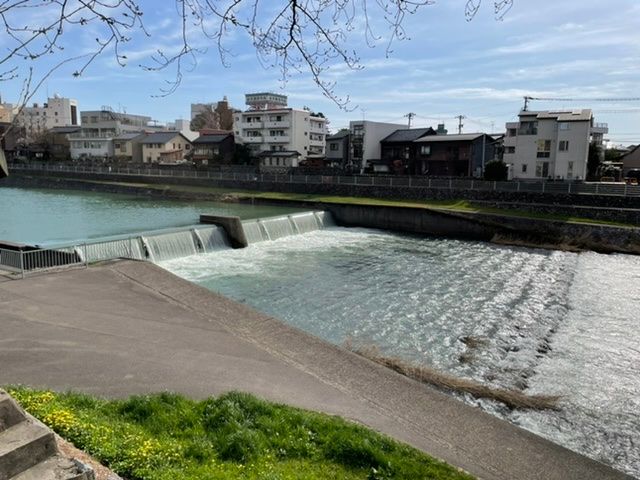

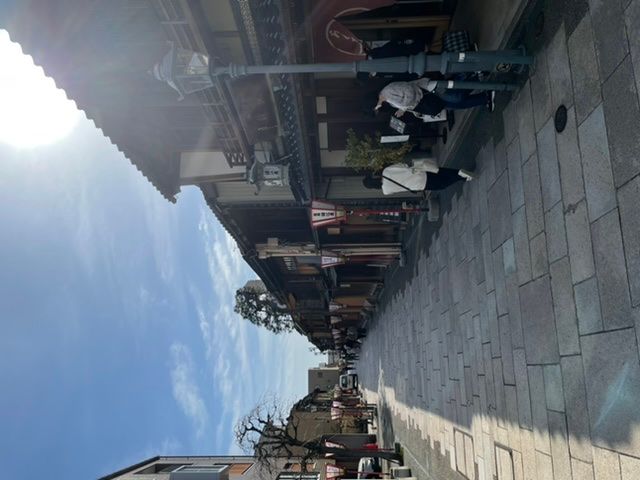
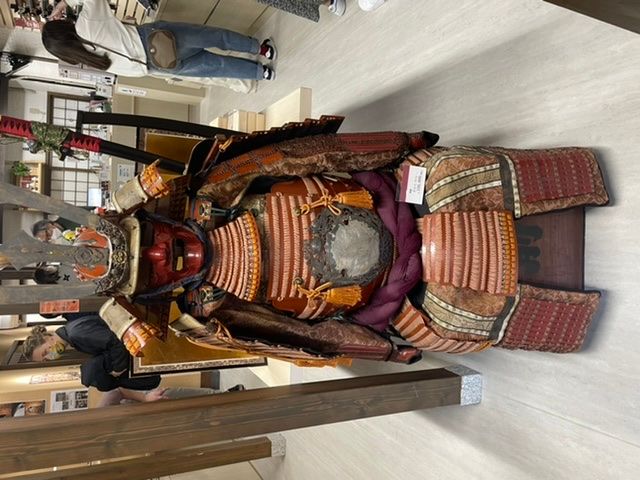
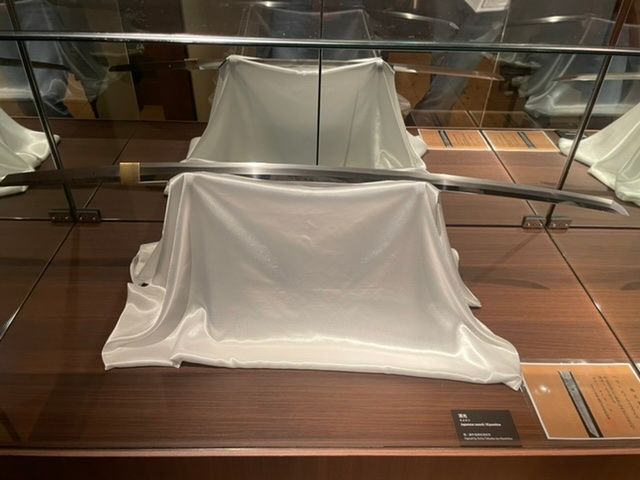
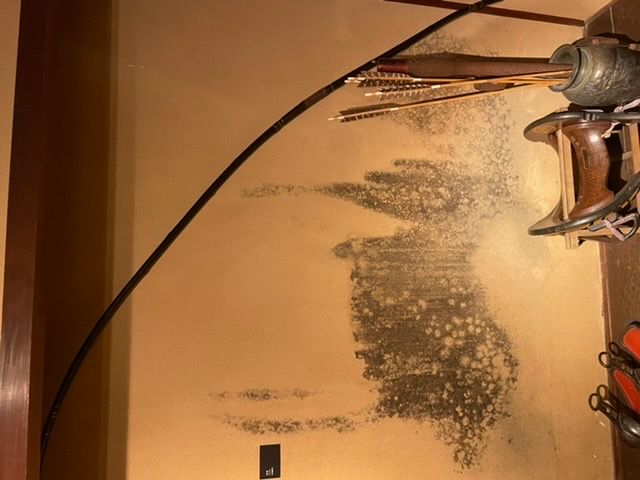
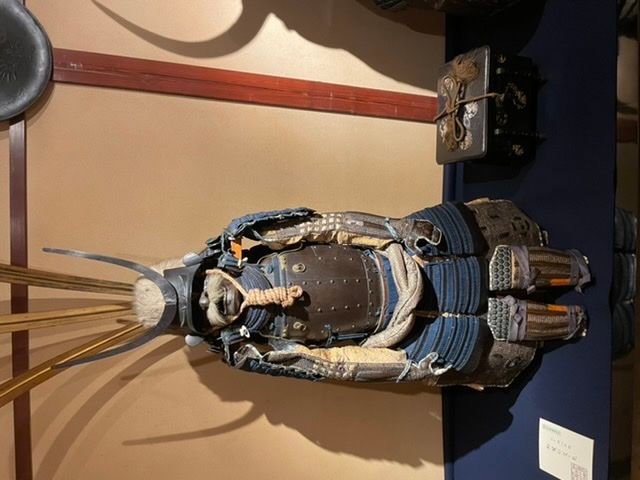
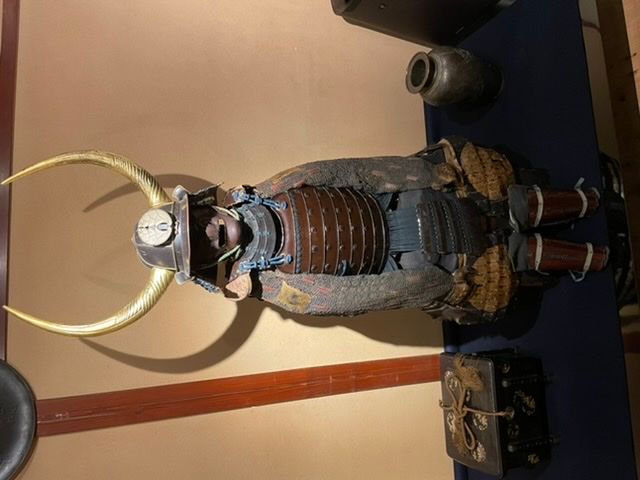
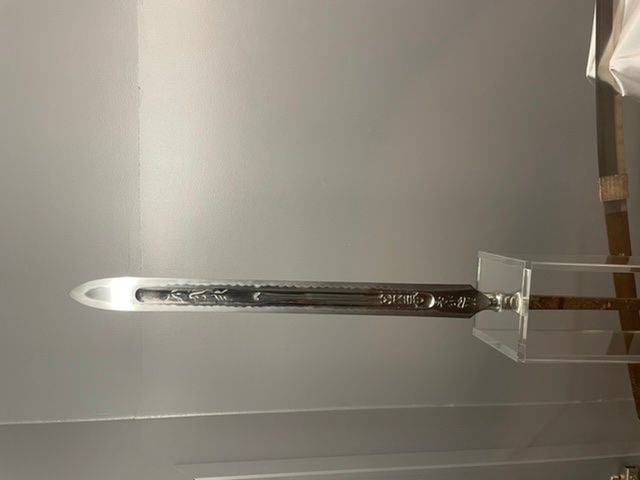
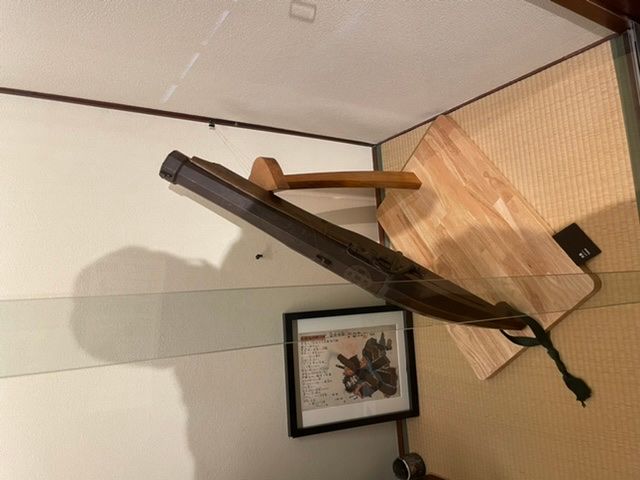
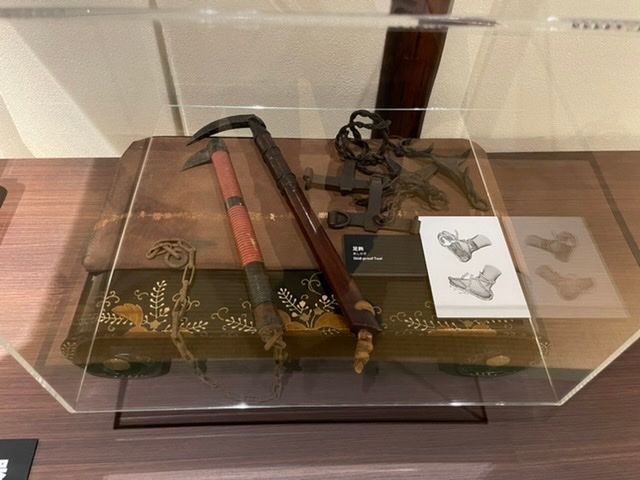

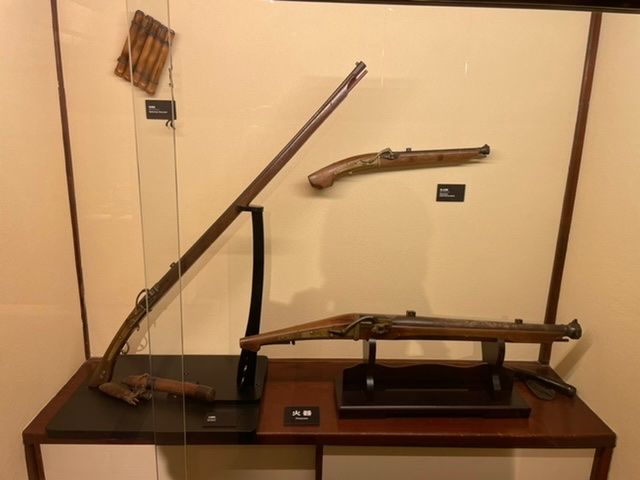
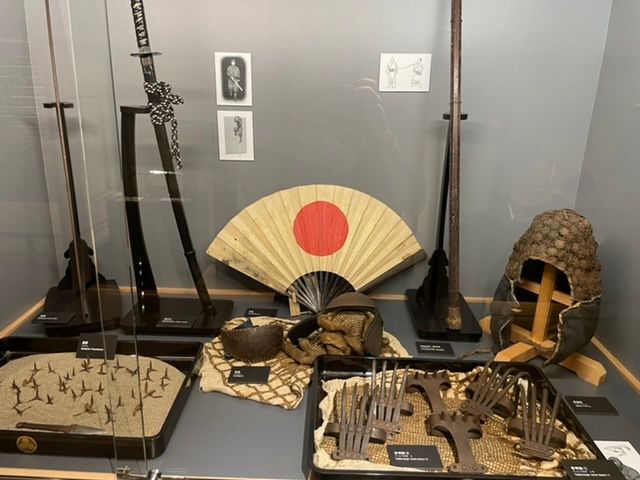
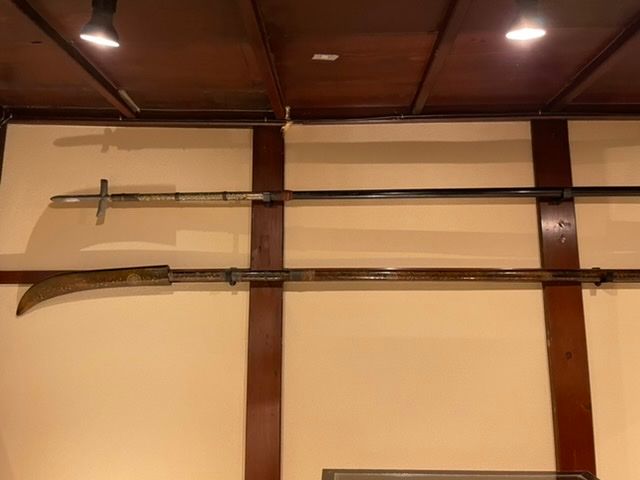
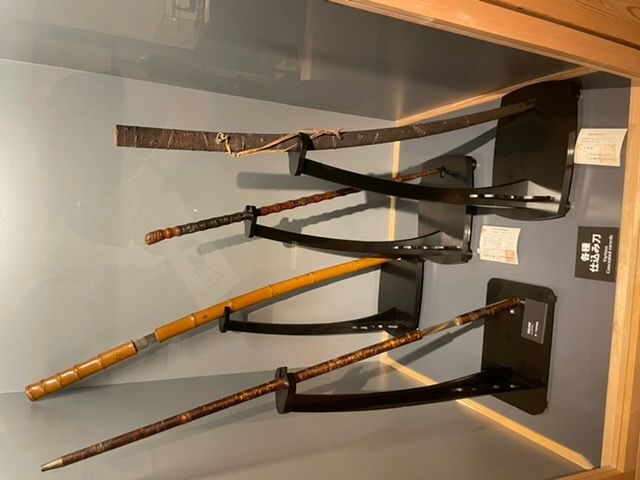
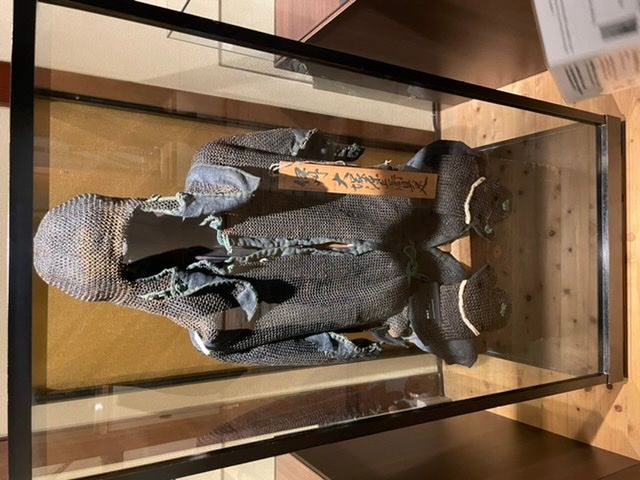
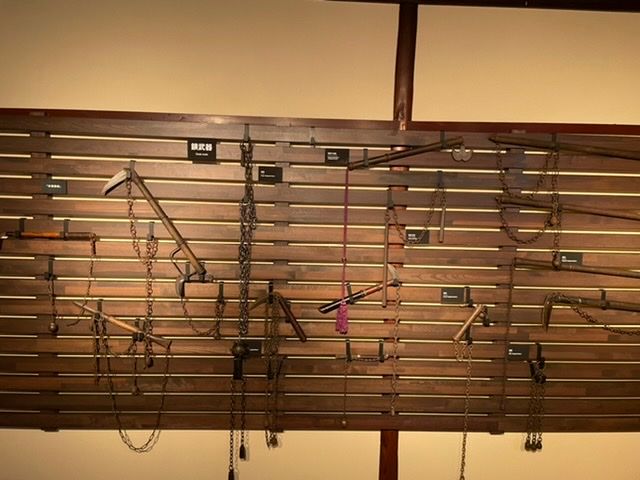
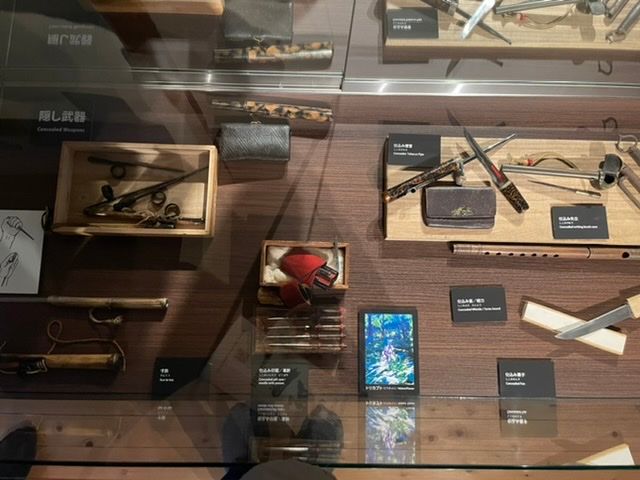
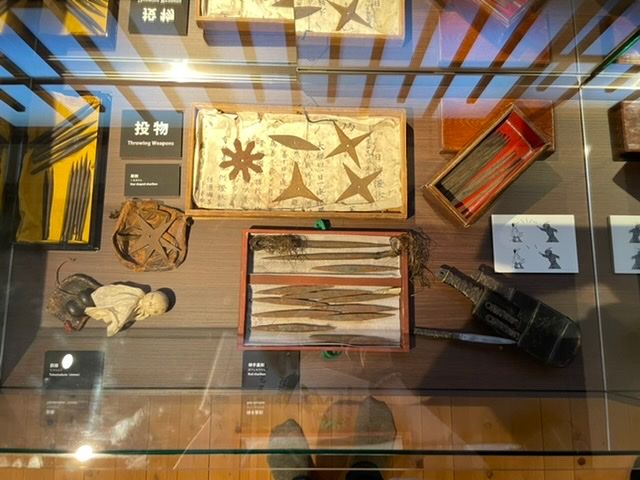
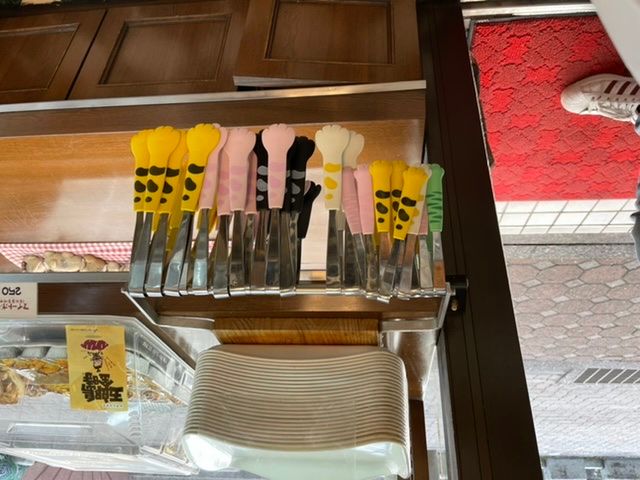
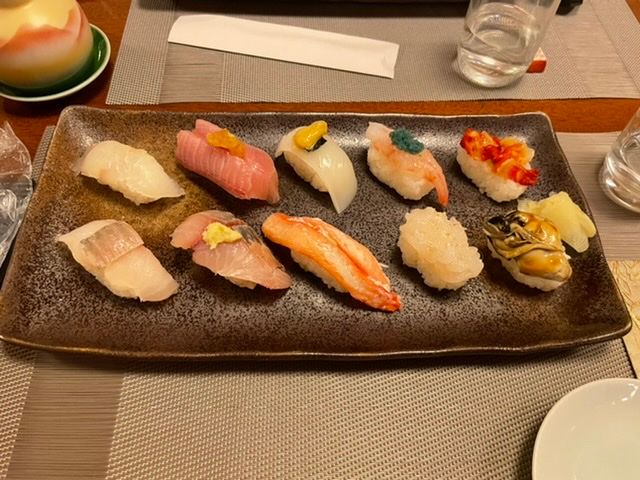
Падпісацца на рассылку
After breakfast, we took a bus directly to the Hida village, which is an open-air museum where you can see an old village with houses. Since we didn't have much time due to the train schedule, we could only visit three houses.
One of them was a farmhouse that still showed what the farmers did in winter, namely braiding.
In the next house, we could see real furnishings and multiple floors, indicating a wealthy owner. In the third house, which belonged to a lumberjack, we could see the tools used for logging at that time.
Afterwards, we returned to the hotel and then went to the train station. There, we took the train to Kanazawa. When we arrived, we realized that our hotel was only a 5-minute walk from the station, which saved us enough time so that we could have lunch quickly after arrival. We ate at a restaurant near the hotel, where we ordered and paid for our food using a vending machine. Then we received a kind of ticket, which we could exchange for our meal. This time, we had ramen again, but it was slightly better than the previous ones.
Afterwards, we walked through the old town to the Ninja (Shinobi) Temple. It was called that because it has many traps and secret passages. Unfortunately, we couldn't see it from the inside, but there was a shinobi museum nearby.
This museum had a variety of weapons and armor. Not all of them were directly from the shinobi, but this collection still impressed us greatly.
Afterwards, we walked around the town, visited another anime store for Nico, a small bakery for some food for me, and then we went in search of a place for dinner.
I managed to convince Nico to go eat sushi, and after a little research, I found a good restaurant nearby.
This restaurant was pretty much what you imagine a sushi restaurant to be like. There was a counter where you could sit and behind it, the chefs prepared the sushi. There was a corner with tatami mats as floors, where you had to take off your shoes, and sake was offered to go along with it.
Nico and I decided to try something and ordered a platter with 10 different nigiri sushi. Some of them pleasantly surprised us, like the one with oyster meat on top of the rice, while others didn't quite suit our taste. One thing that really surprised me was the ginger that was served with it. You usually know ginger in Germany too, but this one was completely different. While I personally find ginger in Germany really disgusting, the one here in Japan was surprisingly delicious. The same goes for wasabi. It was part of the sushi and contributed a lot to the taste.
For dessert, we had some ice cream from the supermarket next door, and that was the end of our day.
For those who are interested: A brief history lesson about the Ninja.
As mentioned above, the actual term is not "ninja" but "shinobi." This is because the Japanese characters for it can be read as both "ninja" and "shinobi." The term "ninja" was used later, while according to writings, "shinobi" was the earlier term. There is often a misunderstanding about the origin of the shinobi. While many think that shinobi were farmers or assassin clans, they were almost always samurai. However, they specialized more in secret covert operations than open combat. This leads directly to the next point: The shinobi were not assassins or contract killers. They were more like spies who gathered information or spread false information. While it was possible to be taken in by the shinobi from the samurai if you could demonstrate certain skills, this was more the exception.
Падпісацца на рассылку
Адказ
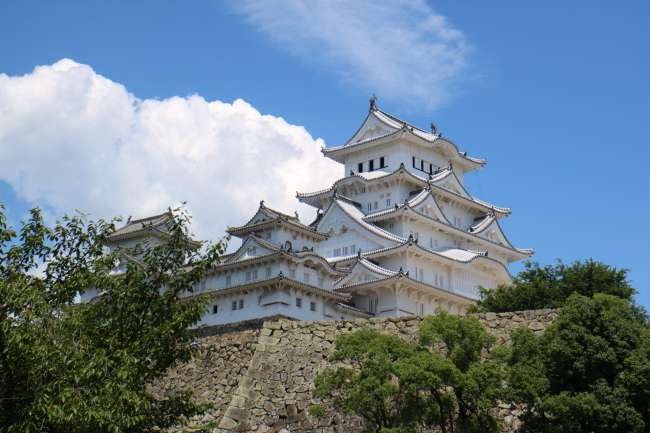
Справаздачы аб падарожжах Японія
